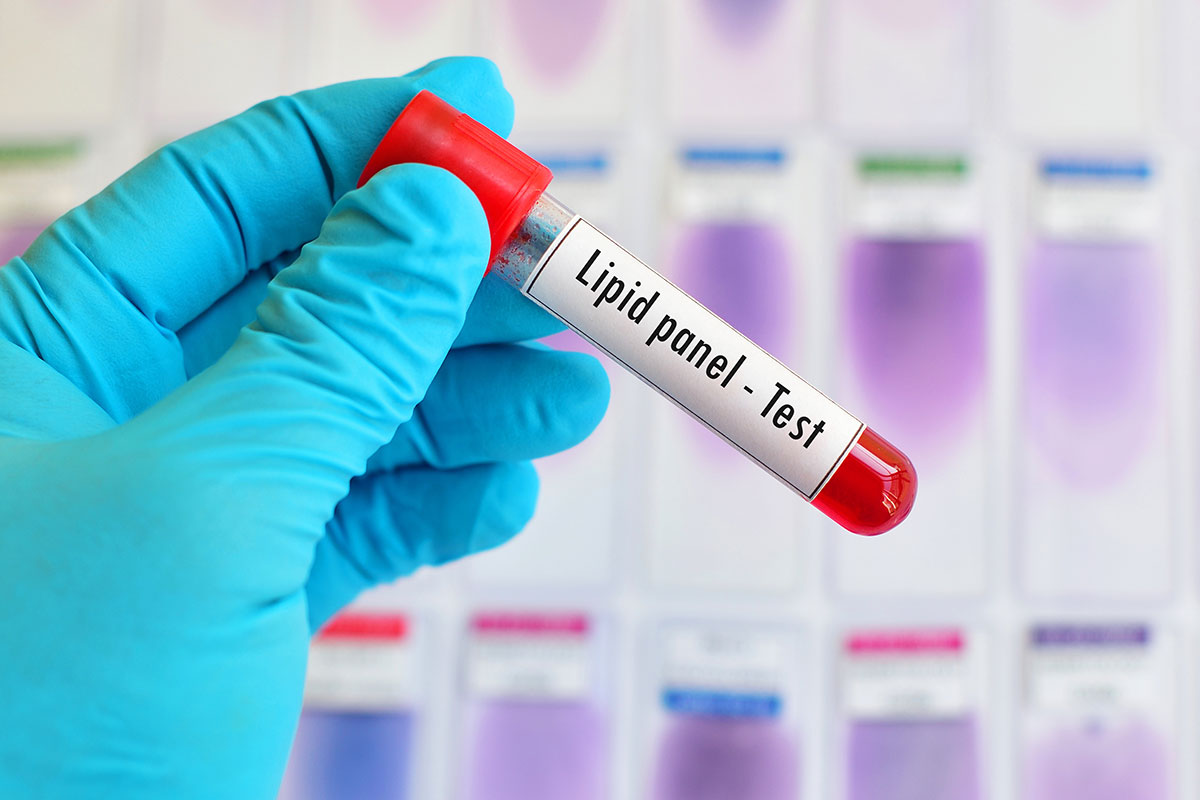Business of Medicine | Lowering LDL-C to ‘Transform’ ACS Outcomes

Early initiation of high-intensity lipid-lowering therapies (LLT) following acute coronary syndrome (ACS) events is critical for mitigating atherosclerotic cardiovascular disease (ASCVD) risk. However, despite numerous randomized control trials demonstrating the benefit of statins, many patients remain on suboptimal lipid-lowering guideline-directed medical therapy.
Earlier Treatment, Better Outcomes
Ideally, early initiation of high-intensity LLT occurs immediately upon presentation but minimally by the time of hospital discharge. While some patients are undoubtedly on statin therapy for primary or even secondary prevention before the index ACS event, the emphasis on LLT options like high-intensity statin therapy, either over lesser-intensity statins or in addition to statin alternatives, is important to improve outcomes.
It is imperative to identify gaps in statin-therapy coverage and recognize opportunities to initiate evidence-based doses and escalate therapy. Before hospital discharge, the cardiovascular care team should work with patients to establish a plan for follow-up testing and appropriate dose adjustment.
A common misconception is that lipid measurements taken early in an ACS hospitalization are not reliable, but they do in fact provide dependable data for treatment decisions. This allows for timely assessment of lipid levels and initial optimization of therapy, particularly in those already taking statins. Lipid assessment in the acute care setting also helps enable timely re-assessment post discharge for ongoing optimization.
Click here to read more about the TRANSFORM: ACS initiative.
Click here to be the first to access an upcoming MedAxiom CV Business White Paper on "TRANSFORM: ACS Best Practices for LDL-C Management."
Many patients achieve LDL-C lowering of at least 50% on high-intensity statin therapy. However, others do not reach this threshold, and overall LDL-C levels may remain above individualized goals. Aggressive LLT, including escalation of therapy by initiating and titrating nonstatin therapies, is warranted for all patients for whom target LDL-C levels are not achieved despite optimal statin therapy.
Management of patients with ACS in the acute care setting can be complex, often due to competing priorities and therapeutic goals during the admission. Recognizing and appreciating the burden that this places on clinicians can help highlight the value that systems-based approaches can have to reduce clinical decision-making and promote standardization of optimal care.
Best practices include developing order sets that include lipid panels and high-intensity lipid-lowering options and issuing real-time provider alerts to identify omissions in treatment.
To minimize patients lost to follow-up or delays in scheduling, the health care team can schedule follow-up clinic appointments, or at least enter referrals, by the time of discharge. The ideal strategies depend on the unique practice environment, but these generalized best practice concepts and systems-based approaches can translate to many settings.
Team-Based Care
Optimal ACS and LLT management extend beyond any single discipline. Clinical application of evidence-based guidelines requires cardiovascular leaders to consider workplace culture, existing delivery of care models and inclusion of all relevant stakeholders before developing strategies best suited to each unique practice. Furthermore, the care team must also consider patient factors such as socioeconomics, health literacy and prior health care experiences, among others.
Implementing a multidisciplinary approach can help optimize diverse skill sets, reduce burden on individual cardiovascular team members, and provide comprehensive engagement in patient education and patient concerns. Each discipline can help uncover and solve patient-specific barriers.
Clinical pharmacists integrated into cardiovascular care teams can provide pharmacotherapy recommendations, medication reconciliation and discharge education. Importantly for the pharmacist's role, medication education assists in setting expectations for therapy goals and potential adverse reactions, the latter being a significant reason for patient self-discontinuation of medications.
Likewise, nurses play a pivotal role in coordinating care from admission to ambulatory follow-up and providing patient education. Furthermore, dietitians can provide heart-healthy dietary education that aids in cholesterol-lowering and weight management. Collectively, interdisciplinary collaboration across a variety of disciplines enhances post-ACS management and achieving LDL-C therapeutic goals.
Best Practice Changes the Trajectory
Effective implementation of evidence-based guidelines and performance metrics is essential for optimizing ACS lipid management. Following initial implementation of recommended best practices, ongoing assessment of implemented changes and their effect on patient metrics is crucial for continuous QI and developing lasting methods.
The TRANSFORM: ACS initiative, which launched in 2020, aims to offer valuable insights and strategies for enhancing lipid management in post-ACS patients, from initial LDL-C measurements during acute presentation, to prescription of a high-intensity statin, to a plan for follow-up testing and dose adjustment.
The cardiovascular care team can optimize cardiovascular outcomes and improve patient adherence to LLT regimens through early initiation of aggressive LLT, promotion of guideline adherence, escalation of therapy as needed and implementation of team-based care delivery models.
By leveraging patient engagement strategies and implementing effective QI initiatives, clinicians can deliver personalized, evidence-based care to ACS patients, ultimately reducing the burden of cardiovascular disease and improving long-term prognosis.

This article was authored by Dan Katzenberger, PharmD, BCCP, AACC, a clinical pharmacy specialist, cardiology, at the Durham VA Health Care System in Durham, NC.
Clinical Topics: Acute Coronary Syndromes, Dyslipidemia, Prevention, Lipid Metabolism, Nonstatins
Keywords: Cardiology Magazine, ACC Publications, Lipids, Quality Improvement, Acute Coronary Syndrome, Cholesterol, Secondary Prevention
< Back to Listings
